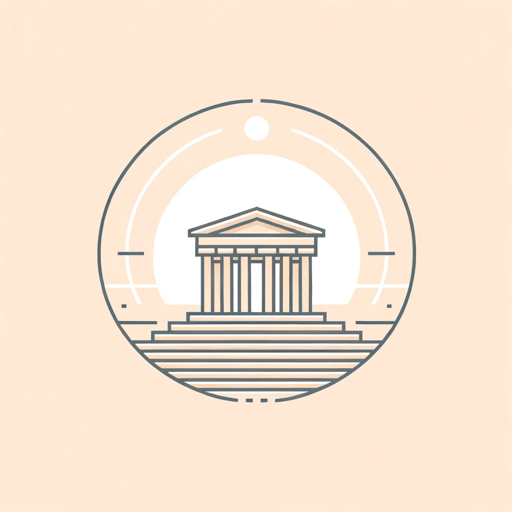51 pages • 1 hour read
Mircea Eliade, Transl. Willard R. TraskThe Sacred and the Profane: The Nature of Religion
Nonfiction | Book | Adult | Published in 1956A modern alternative to SparkNotes and CliffsNotes, SuperSummary offers high-quality Study Guides with detailed chapter summaries and analysis of major themes, characters, and more.
Introduction-Chapter 1Chapter Summaries & Analyses
Introduction Summary
In his 1917 work Das Heilige (trans. The Sacred), Rudolf Otto defines the core characteristic of religious experience. Religious experience is characterized by an encounter with the sacred. The sacred is “awe-inspiring mystery” and “overwhelming superiority of power” (11) manifested as something “wholly other” (11) than natural reality (e.g. a miracle). Man responds to the sacred with a prototypically religious sentiment, which Otto describes as a “feeling of terror” (11), subservience, and a sense of tremendous majesty and mystery. This overwhelming experience of transcendent reality is that to which humans attach notions of the “numinous” (9), or “godlike.”
Eliade’s goal in this text is to expand Otto’s concept “by illustrat[ing] and defin[ing] the opposition between the sacred and the profane” (10). This is a difference of two realities, or modes of life, one held by “religious man” (13) and the other by the non-religious. Where the profane is normal, natural reality, “the sacred always manifests itself as a reality of a wholly different order from ‘natural realities’” (10). In other words, the sacred is an experience of a reality which transcends the plane of earthly existence or materialistic explanation.
Although the sacred emerges from a reality beyond the profane, it must manifest itself on this profane plane.
Related Titles
By these authors


